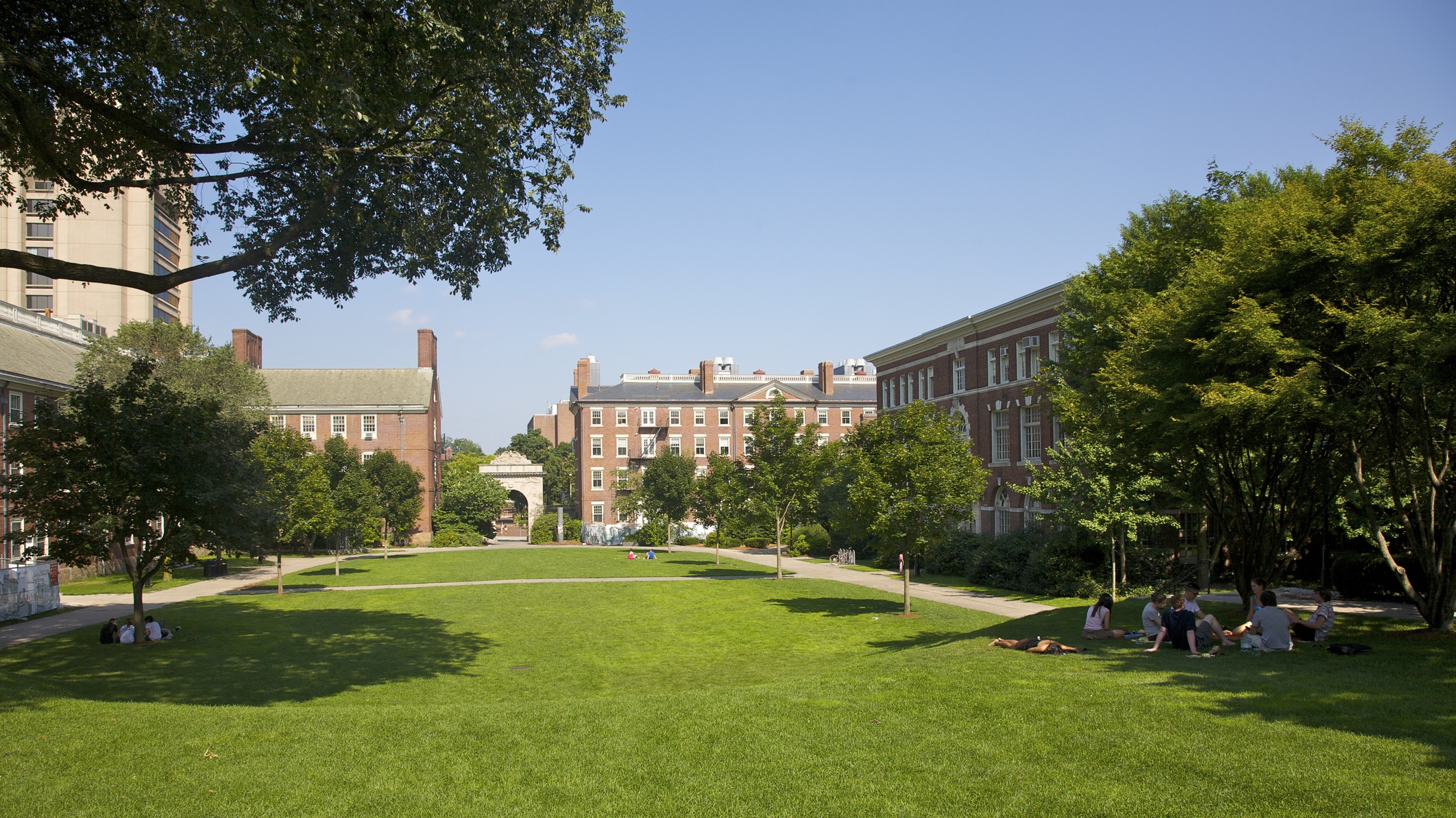Last year, former GOP candidate for U.S. Senate, John James, touted his idea to establish an HBCU in Detroit during a meeting with former President Donald Trump. James said he “would love to see a historically black college in the city of Detroit.”
Trump thought the idea was “great” and said he would consider the founding of a new HBCU.
I will "start working on that," Trump said at the time.
There is only one problem. According to the Higher Education Act of 1965, as amended, an HBCU is defined as: "any historically Black college or university that was established before 1964, whose principal mission was, and is, the education of Black Americans.”
The bill goes further, saying, these institutions must also be “accredited by a nationally recognized accrediting agency or association determined by the Secretary [of Education] to be a reliable authority as to the quality of training offered or is, according to such an agency or association, making reasonable progress toward accreditation.”
Of course, Democrat U.S. Sen. Gary Peters defeated James and won reelection in Michigan. One person on Twitter was quick to point out that “The concept of a *new* historically black college is a contradiction in terms,” considering the aforementioned bill. If political leaders don't know what constitutes an HBCU, it's safe to assume that the next guy doesn't, either.
So here's a little more insight into how HBCUs become just that, retain their status as such and how the accreditation process works:
The first HBCUs
Cheyney University of Pennsylvania, founded in 1837 through a will left by Quaker philanthropist Richard Humphreys, is the first established HBCU — Lincoln University in Pennsylvania is the nation's first degree-granting HBCU.
Cheyney is a member of the Pennsylvania State System of Higher Education and the Thurgood Marshall College Fund, offering bachelor's degrees for students on the school’s historic campus. The Middle States Commission on Higher Education also accredits the oldest HBCU.
Of the standards for accreditation and requirements of affiliation, MSCHE "mandates that its member institutions meet rigorous and comprehensive standards, which are addressed in the context of the mission of each institution and within the culture of ethical practices and institutional integrity expected of accredited institutions."
Wilberforce University in Ohio is America’s oldest private HBCU.
Named after the tremendous eighteenth-century abolitionist William Wilberforce, the university traces its roots back to 1856. The university is a four-year liberal arts institution offering 25 academic concentrations in business, communications, computing, engineering sciences and more. The Higher Learning Commission (HLC), a regional accrediting agency recognized by the Department of Education, has Wilberforce on probation. Per a letter from HLC, Wilberforce lacks specific areas such as “faculty and staff needed for effective, high-quality programs and student services” and suffered low retention rates in 2017 and 2018.
HBCUs have a unique mission
There are 101 open and active HBCUs across 19 states, the District of Columbia and the Virgin Islands. These institutions were founded to serve the educational needs of Black people, especially when predominantly white institutions or PWIs barred Black students due to unwarranted racist and discriminatory attitudes. In contrast, Black colleges offered the best and sometimes the only safe space where all students, regardless of race, creed, or gender, and particularly Black Americans, could seek to gain a higher learning education.
Accreditation status
A student can learn more about the quality of a school’s course offerings by investigating its accreditation status. Students seeking college enrollment should visit a school’s website and search the courses they have to offer. Then, investigate whether an accrediting agency nationally recognizes the institution or not. The above is precisely why things like accrediting agencies are needed because they help confirm that each institution provides students with quality education by periodically examining each school’s curricular offering. An institution on probation, or worse, the lack of accreditation, is a telltale sign of a school’s quality of education. Also, credits from non-accredited schools will not transfer to accredited schools.
Obstacles
One hiccup that tends to hinder HBCUs is the challenge of remaining accredited. And thus, the plight of Black colleges trying to evolve to the 21st century is challenging in part because they are historically underfunded and underresourced. For instance, Harvard Unversity’s endowment is almost 20 times the size of all HBCUs combined. Also, some of these institutions have struggled with a lack of proper organization and leadership over the years. However, HBCUs have begun to target students from other races to add to their student population on campus, held fundraising events and furloughed their faculty and staff to recoup from dropouts in enrollment and more to stay afloat.
HBCUs today
Today, 101 colleges in the country meet the standards of The Higher Education Act of 1965, as amended, regarding accreditation and status as an HBCU. To retain their HBCU statuses, these institutions have to adhere to their accreditation agency or association to be a reliable authority for the quality of training offered and remain opened. Some issues facing the overwhelming majority of HBCUs are declining enrollment and being historically underfunded and underresourced. Also, HBCUs are in desperate need of alumni giving and renovations to their sports facilities and campus dormitories compared to the latest sports arenas and residence halls on campus at PWIs.
HBCUs are among the last cultural jewels that Black people have left in this country — after all, we are rooting for everyone and everything Black all 2021.
